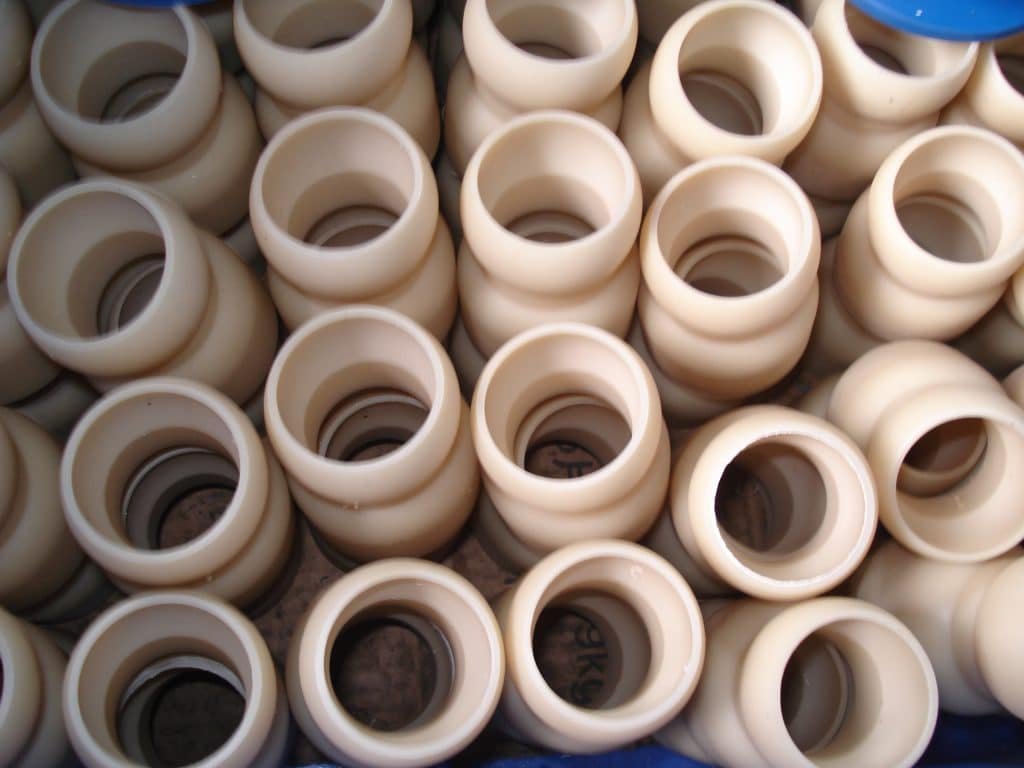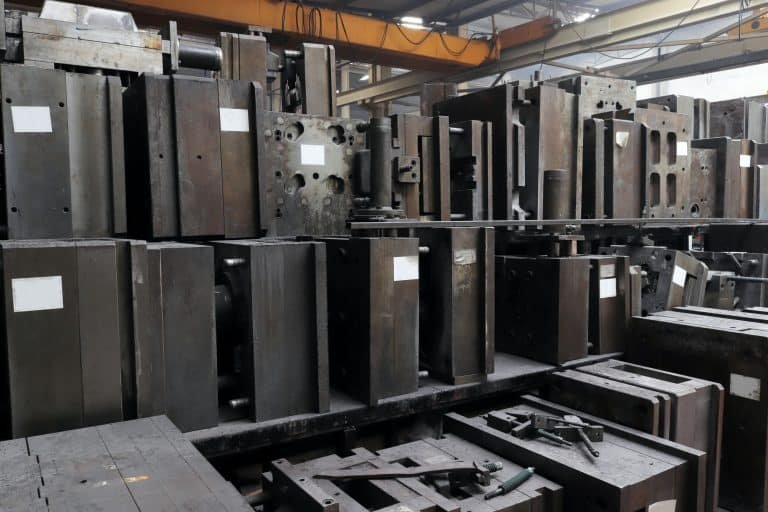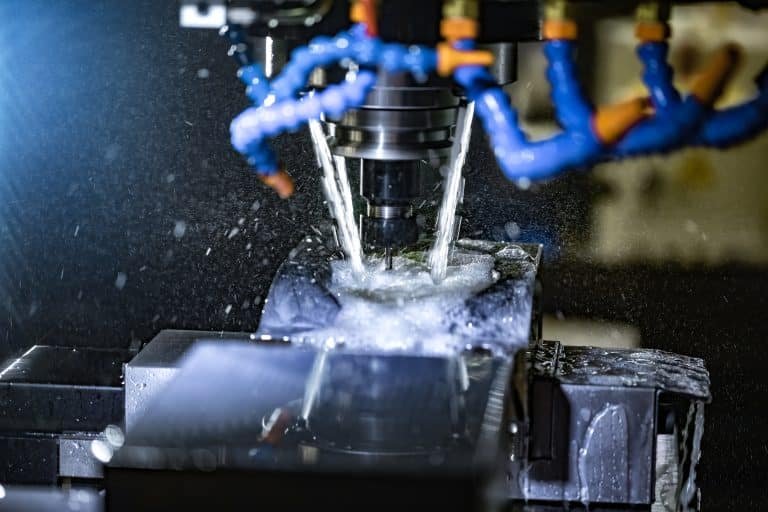Nylon 6 vs Nylon 66:
Nylon, a versatile and widely used polymer, comes in various forms, each tailored for specific applications. Two prominent variants, Nylon 6 and Nylon 66, have gained popularity in industrial and commercial sectors. Here is a comparative analysis of Nylon 6 and Nylon 66, focusing on their performance characteristics and applications in production.
Nylon 6 vs Nylon 66: Performance Analysis

Chemical Structure:
Nylon 6 is a polyamide derived from caprolactam monomers, resulting in a linear chain structure. It offers good toughness and flexibility, making it suitable for various applications.
Nylon 66, on the other hand, is synthesized from hexamethylenediamine and adipic acid, leading to a more complex molecular structure. This structure imparts enhanced strength and stiffness to Nylon 66 compared to Nylon 6.
Mechanical Properties:
Nylon 6 exhibits excellent impact resistance, elasticity, and fatigue resistance. It is well-suited for applications requiring flexibility and durability, such as textile fibers and packaging materials.
Nylon 66 boasts superior tensile strength, stiffness, and heat resistance. These properties make it ideal for applications demanding high mechanical performance, such as automotive components and engineering plastics.
Thermal Stability:
Nylon 6 has a lower melting point and heat resistance than Nylon 66. While it can withstand moderate temperatures, it may not be suitable for high-temperature applications.
Nylon 66 exhibits better thermal stability and can withstand higher temperatures without losing mechanical properties. This makes it suitable for applications where exposure to heat is critical.
Water Absorption:
Nylon 6 has a higher water absorption rate than Nylon 66. This property can affect dimensional stability, making it necessary to consider the environmental conditions in certain applications.
Nylon 66 has lower water absorption, resulting in better dimensional stability and retention of mechanical properties in humid or wet conditions.
Nylon 6 vs Nylon 66: Applications in Production

Automotive Components:
Nylon 6: Commonly used in interior components, such as upholstery and carpet fibers, due to its flexibility and comfort.
Nylon 66: Preferred for structural components like engine covers, gears, and bushings, thanks to its high strength and heat resistance.
Textile Industry:
Nylon 6: Widely employed in the production of textiles, hosiery, and clothing due to its softness and flexibility.
Nylon 66: Used for manufacturing industrial yarns and tire cords due to its strength and durability.
Consumer Goods:
Nylon 6: Found in everyday items like packaging films due to its versatility and cost-effectiveness.
Nylon 66: Utilized in producing durable consumer goods, such as electronic components and power tool housings.
Conclusion
In conclusion, both Nylon 6 and 66 have distinct characteristics that make them suitable for specific applications. Nylon 6 excels in flexibility and impact resistance, making it a preferred choice for textiles and packaging. Meanwhile, Nylon 66 stands out with its superior strength, stiffness, and thermal stability, making it ideal for demanding applications in automotive and industrial settings. The choice between Nylon 6 and Nylon 66 ultimately depends on the specific requirements of the intended application, balancing factors such as mechanical performance, thermal resistance, and cost considerations.
BFY Mold integrates product conception with product forming and mainly undertakes plastic mold product development, mold design and manufacturing, plastic injection molding, product surface treatment, and other services. With more than 20 years of production experience in mold design and mold manufacturing, the injection molding processing industry can create competitive molds for you. Contact us today for free drawing optimization.









